 Gustave Dore, The Shades of French Soldiers from the Past Exhort the Army to Victory on the Rhine, 1870. National Gallery of Art, Washington, Helen Porter and James T. Dyke Fund, 2006
Gustave Dore, The Shades of French Soldiers from the Past Exhort the Army to Victory on the Rhine, 1870. National Gallery of Art, Washington, Helen Porter and James T. Dyke Fund, 2006
Edgar Allan Poe fans familiar with the memorable illustrations by Gustave Dore of Poe's poem, The Raven, will not want to miss four original Dores which are part of a enchanting exhibition now in its final weekend at the National Gallery of Art.
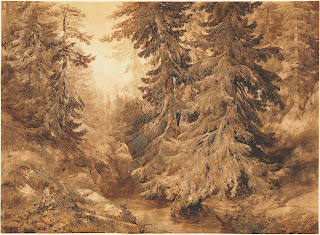 Alexandre Calame, An Ancient Pine Forest with a Mountain Stream, 1847. National Gallery of Art, Washington, Gift of Helen Porter and James T. Dyke, 1999
Alexandre Calame, An Ancient Pine Forest with a Mountain Stream, 1847. National Gallery of Art, Washington, Gift of Helen Porter and James T. Dyke, 1999
Dyke, who heads the Gallery's Trustees' Council, and Ms. Porter are avid collectors who “buy what they like” and not necessarily pieces which are in style at the moment, said Andrew Robison, one of the curators of the show.
"Jim likes to go to auctions" and says occasionally to Robison: "I don't like it, but I'll give
you the money to buy it."
Mr. Dyke and Ms. Porter have "built up this extraordinary collection...a really comprehensive view of 19th century French art" with "many (artists) you haven't heard of," Robison, an enthusiastic guide, said.
Robison and Dyke worked on the project for ten years.
 Gustave Dore, A River Gorge in a Mountain Landscape. Dyke Collection
Gustave Dore, A River Gorge in a Mountain Landscape. Dyke Collection
It is a "quiet" display, soothing and spiritually moving, with many invitations to novels which beg to be written. Muted tones and fairy-tale scenes evoke memories of long ago images from Grimm’s Fairy Tales, which match those mysterious, haunting places where you could wander amidst magical forests with castles and high peaks, alone and yet secure, guided by a mysterious path and hand.
 Maxime Lalanne, Alpine Castle above a Wooded Lake, c. 1870. National Gallery of Art, Washington, Helen Porter and James T. Dyke Fund, 2006
Maxime Lalanne, Alpine Castle above a Wooded Lake, c. 1870. National Gallery of Art, Washington, Helen Porter and James T. Dyke Fund, 2006
The artworks flow chronologically by style in five galleries which the catalogue (edited by Mr. Robison and co-curator Margaret Morgan Grasselli) follows: Romanticism (with three Dores), Realism and Naturalism (one Dore), Impressionism, Nabis and Symbolists (which I have nicknamed the Lemmen Gallery after one of Dyke's favorite artists, Georges Lemmen, who has several on the walls here), and Neo-Impressionism (the "Signac Gallery" with eight by Paul Signac).
 Hippolyte Petitjean, A Broad Valley at Sunset, c. 1897. Dyke Collection, promised gift to the National Gallery of Art, Washington
Hippolyte Petitjean, A Broad Valley at Sunset, c. 1897. Dyke Collection, promised gift to the National Gallery of Art, Washington
Lengthy descriptions of the different media the artists used (chalk, watercolor, graphite, pen and ink, charcoal, pastel) are an important part of this show.
Robison said the contents are "major works by minor artists and major works by major masters" (Cezanne, Degas, Millet, Monet, Pissarro, Seurat, Bonnard, Vuillard, Signac, Delacroix), and please don't overlook the women in the show, whom Ms. Grasselli pointed out: Berthe Morison and Suzanne Valadon.
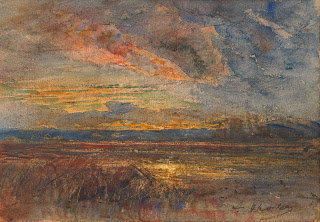 Francois-Auguste Ravier, A Marsh at Sunset. Dyke Collection
Francois-Auguste Ravier, A Marsh at Sunset. Dyke Collection
One of the most provocative works is Lemmen’s Two Studies of Madame Lemmen (1885). Two female figures stand, almost facing each other, but that's impossible since one stands farther back. They look towards the center of the chalk drawing, but not at each other. The shadowy silhouettes are dressed alike, and the dominant figure seems to offer her hand to the other. Touching of their hands is hinted, however, distance between them prevents that. What is in the background, please? An open coffin? To which she steps? Or emerges? Perhaps it is a piece of luggage before she embarks on a trip? To where? Is the larger figure an apparition who tries to warn or rescue the other?
 Georges Lemmen, Two Studies of Madame Lemmen, 1885. Dyke Collection, promised gift to the National Gallery of Art, Washington
Georges Lemmen, Two Studies of Madame Lemmen, 1885. Dyke Collection, promised gift to the National Gallery of Art, Washington
You see what art can do!
This exhibition is another example of what I wish its staying power to be, to remain at the National Gallery and not go away so I can visit often for inspiration and palliative effects.
 Charles Angrand, The Annunciation to the Shepherds, 1894. Dyke Collection
Charles Angrand, The Annunciation to the Shepherds, 1894. Dyke Collection
Please, are we soon going to expand to the other side of the street, and move to the Federal Trade Commission Building? Next week would be grand, so this show could hang in Washington a while longer. (It moves to the Musee des impressionnismes in Giverny to open July 27. Sigh.)
Ms. Grasselli called the exhibition "a banquet for the eyes."
P.S. And, for the soul. Who needs medication when there's art like this to carry you away to faraway, dreamy places?
A gallery talk by Kimberly Schenck begins at 2 p.m., May 24 at the Rotunda in the West Building
What: Color, Line, Light: French Drawings, Watercolors, and Pastels from Delacroix to Signac
When: Now through May 26, 2013, 10 a.m. - 5 p.m., Monday through Saturday, and 11 a.m. - 6 p.m., Sunday
Where: Main Floor, the West Building, National Gallery of Art, between Third and Ninth streets, NW, at Constitution Avenue
Admission: No charge
Metro stations: Smithsonian, Federal Triangle, Navy Memorial-Archives, or L'Enfant Plaza
For more information: 202-737-4215
patricialesli@gmail.com
 Rolling Thunder bikers roar down Constitution Avenue and other Washington streets on May 26, 2013. It was the 26th year members have come to honor fallen American troops/Patricia Leslie
Rolling Thunder bikers roar down Constitution Avenue and other Washington streets on May 26, 2013. It was the 26th year members have come to honor fallen American troops/Patricia Leslie Rolling Thunder, May 26, 2013, Constitution Avenue, N.W. Washington, D.C. Can you hear them roar?/Patricia Leslie
Rolling Thunder, May 26, 2013, Constitution Avenue, N.W. Washington, D.C. Can you hear them roar?/Patricia Leslie More single women were seen this year on bikes than in years past in the Rolling Thunder parade to honor fallen American troops/Patricia Leslie
More single women were seen this year on bikes than in years past in the Rolling Thunder parade to honor fallen American troops/Patricia Leslie Onlookers at the Rolling Thunder rally May 26, 2013, Constitution Avenue, N.W., Washington, D.C./Patricia Leslie
Onlookers at the Rolling Thunder rally May 26, 2013, Constitution Avenue, N.W., Washington, D.C./Patricia Leslie When the parade slowed, the girl in white stepped out in the street to high-five with bikers/Patricia Leslie
When the parade slowed, the girl in white stepped out in the street to high-five with bikers/Patricia Leslie





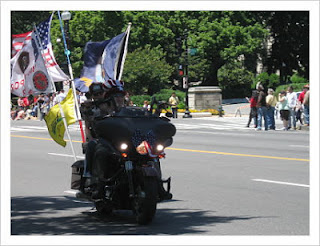


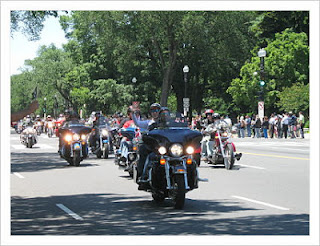



.jpg)













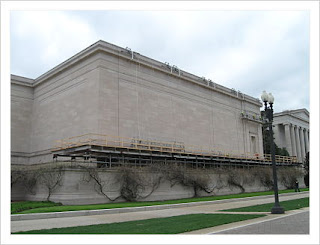



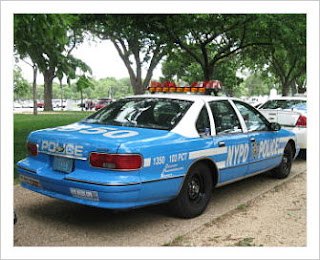
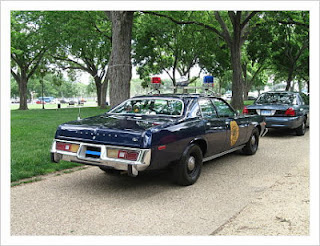


 O
O


_-_Google_Art_Project.jpg)





